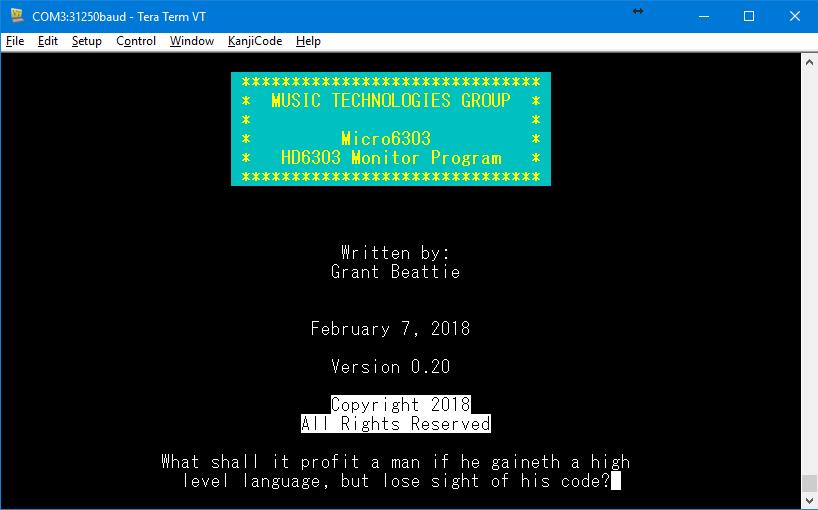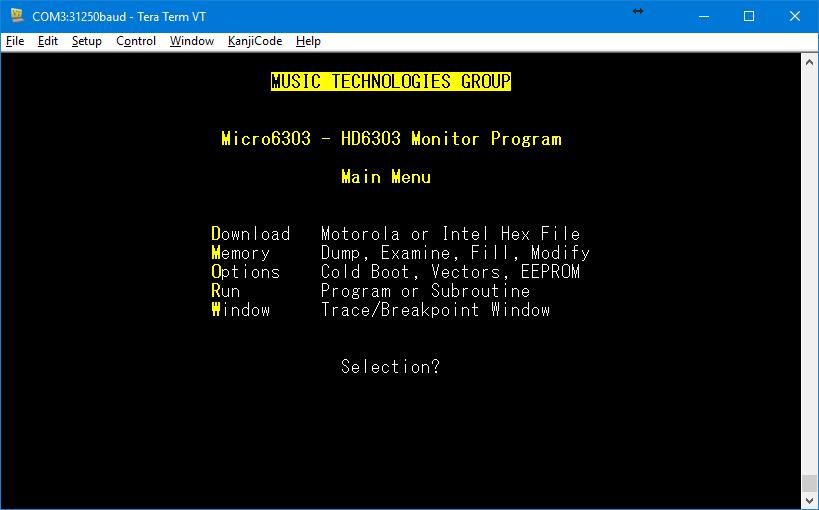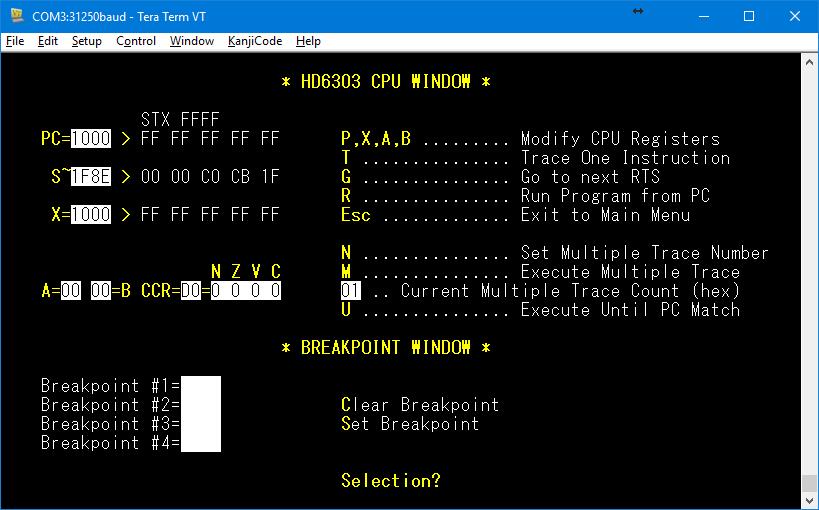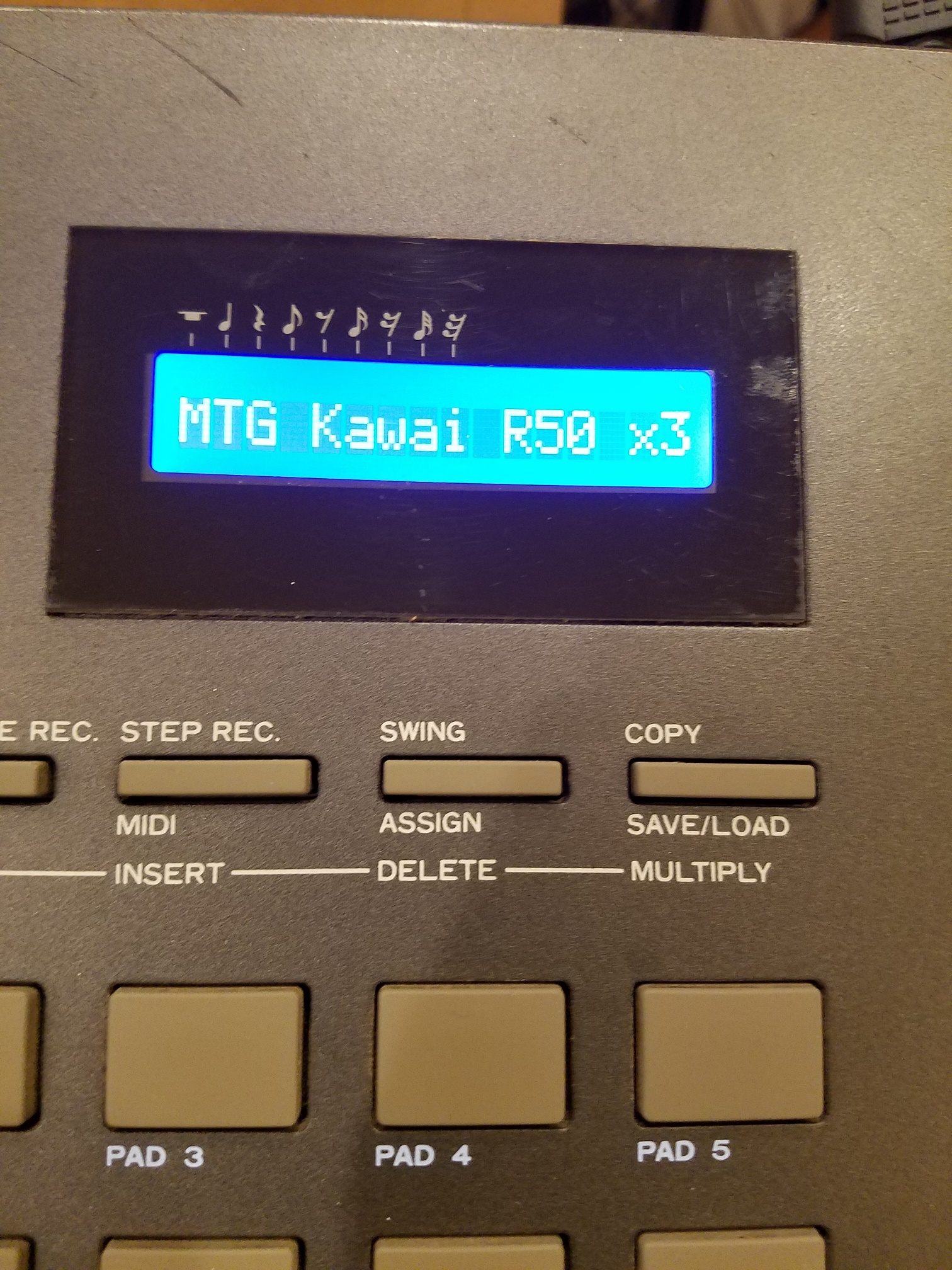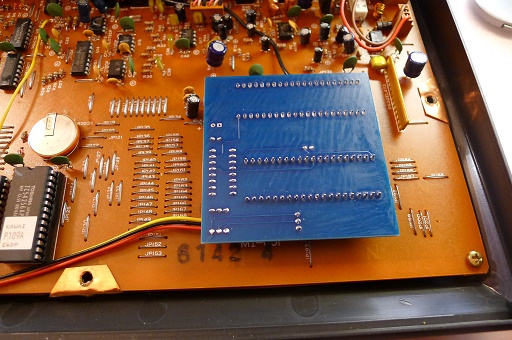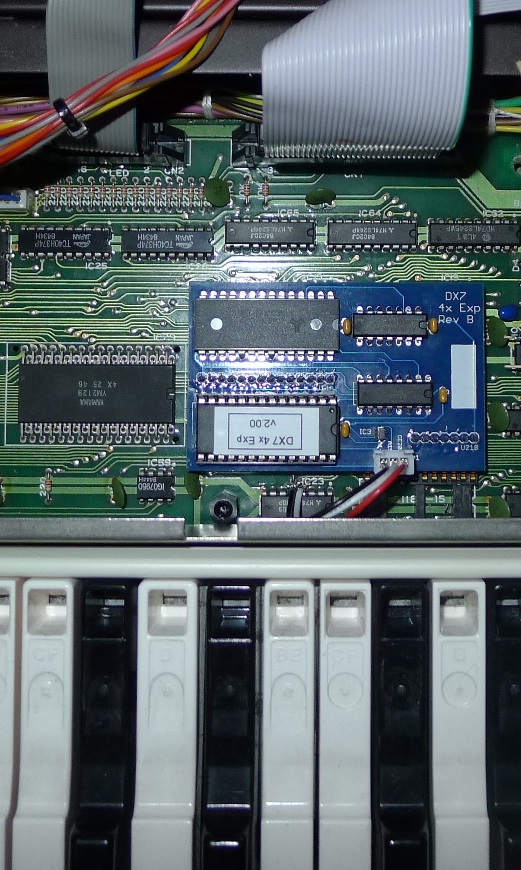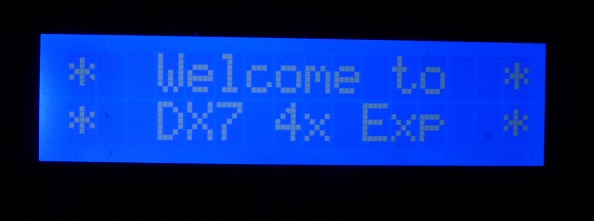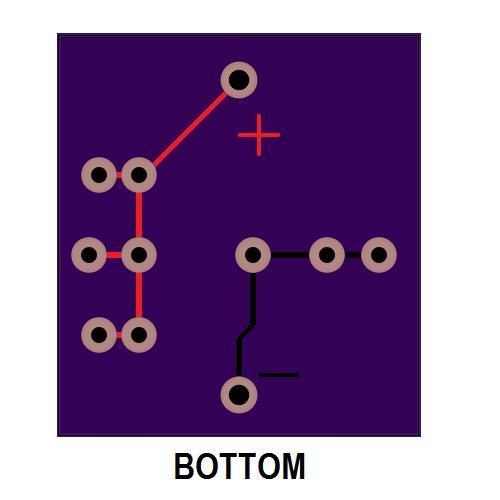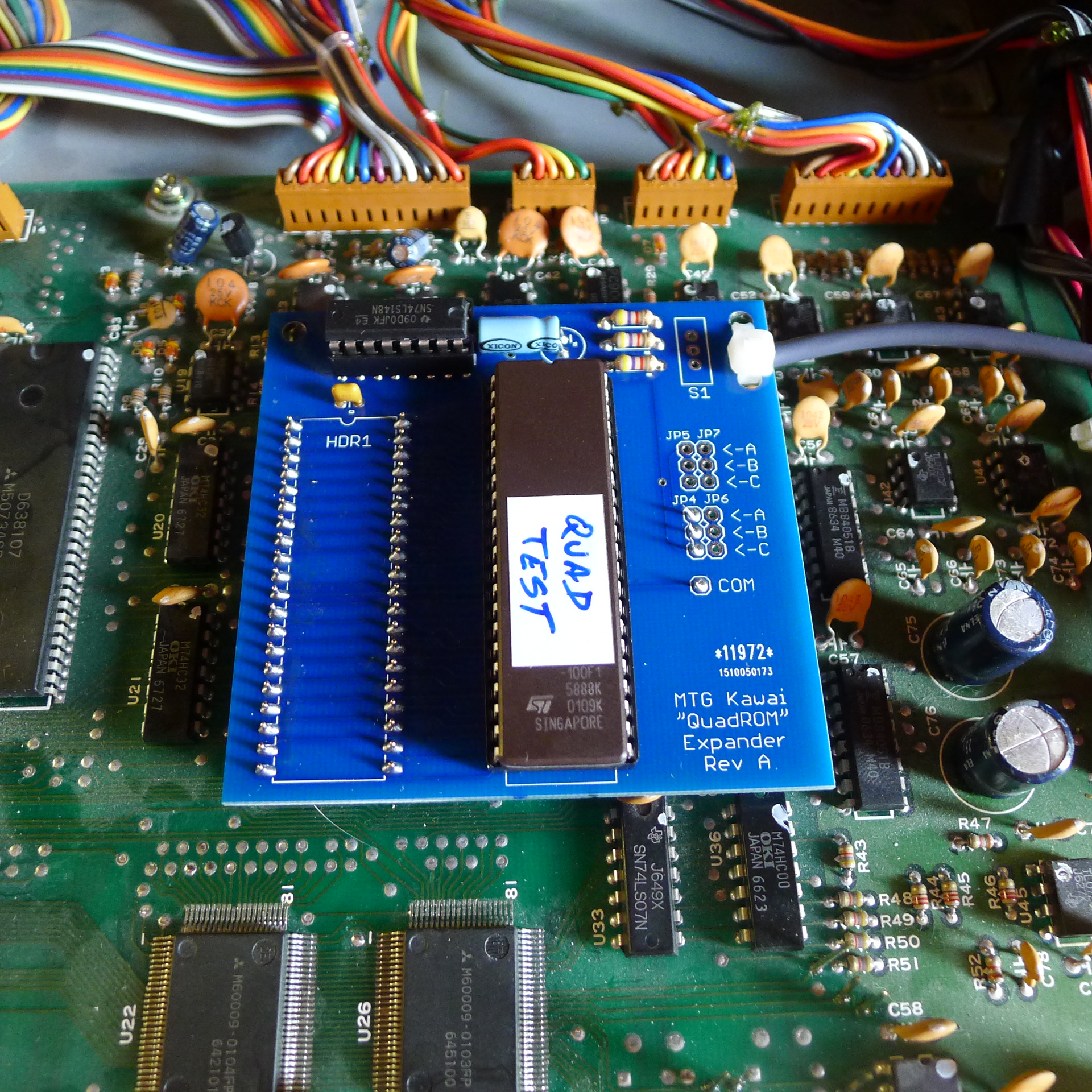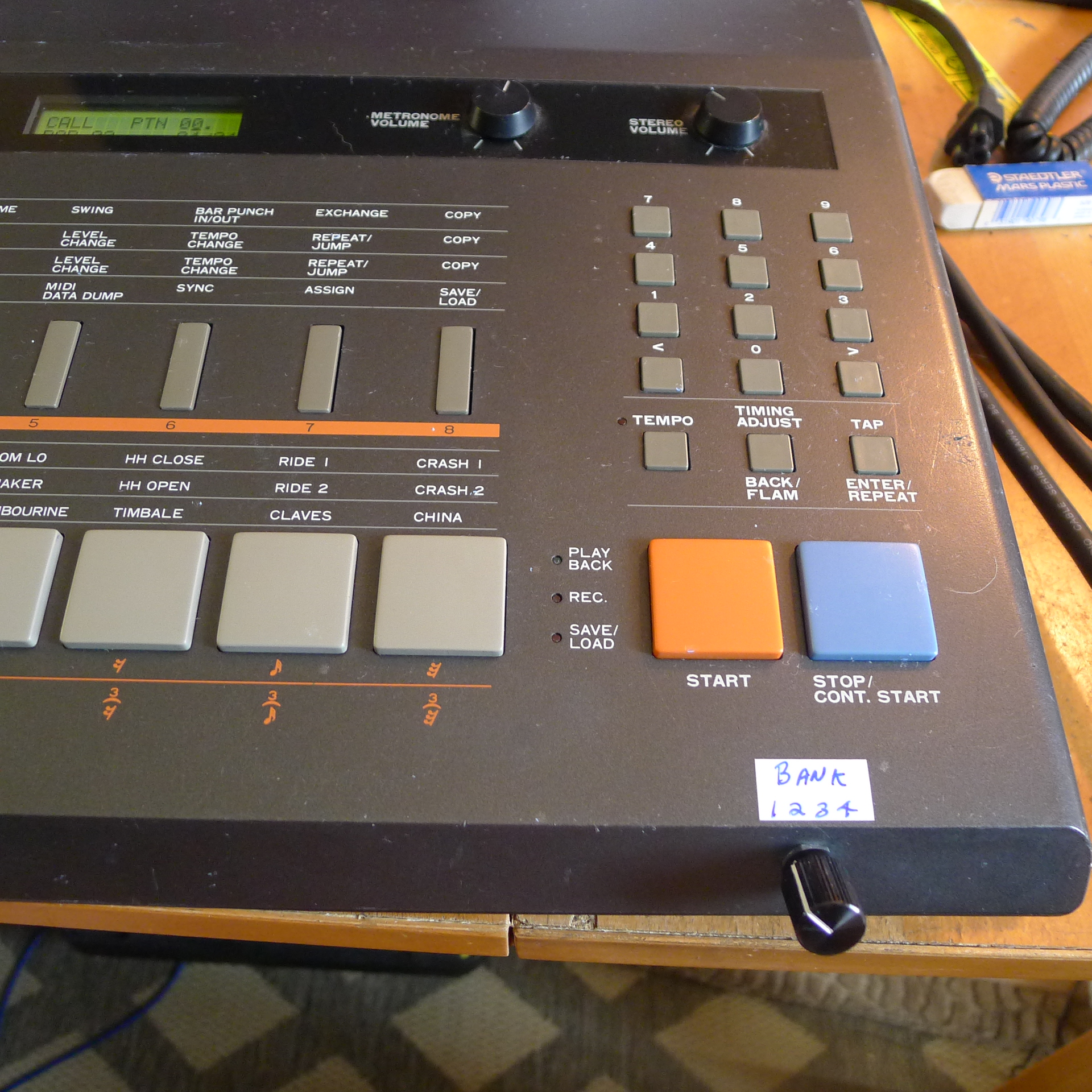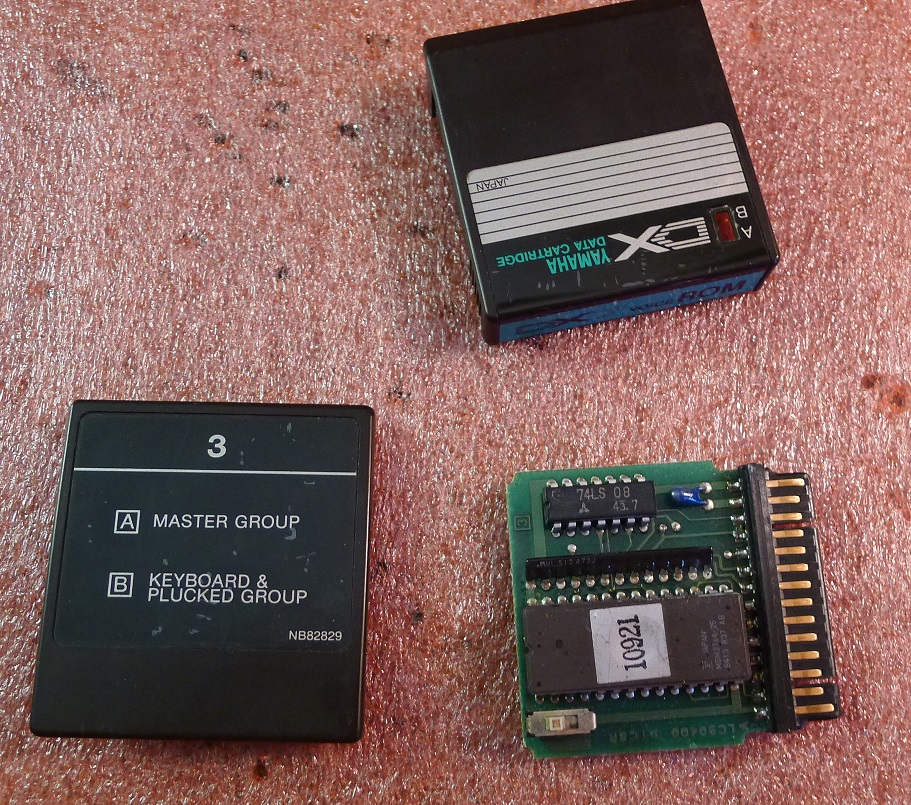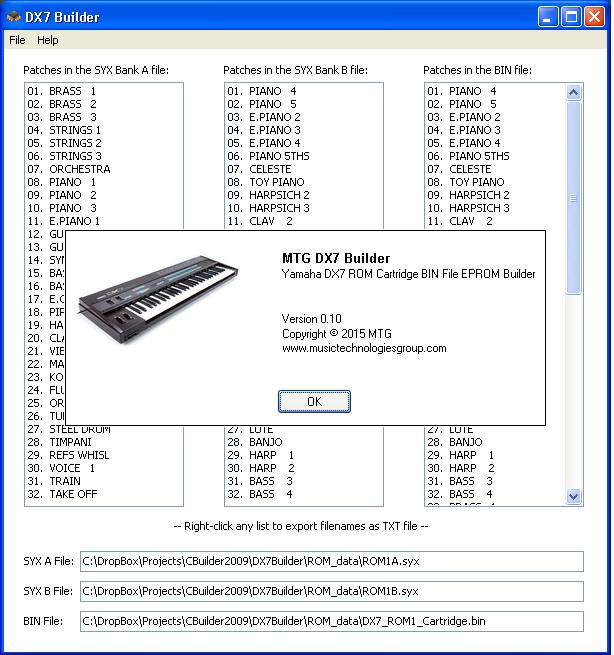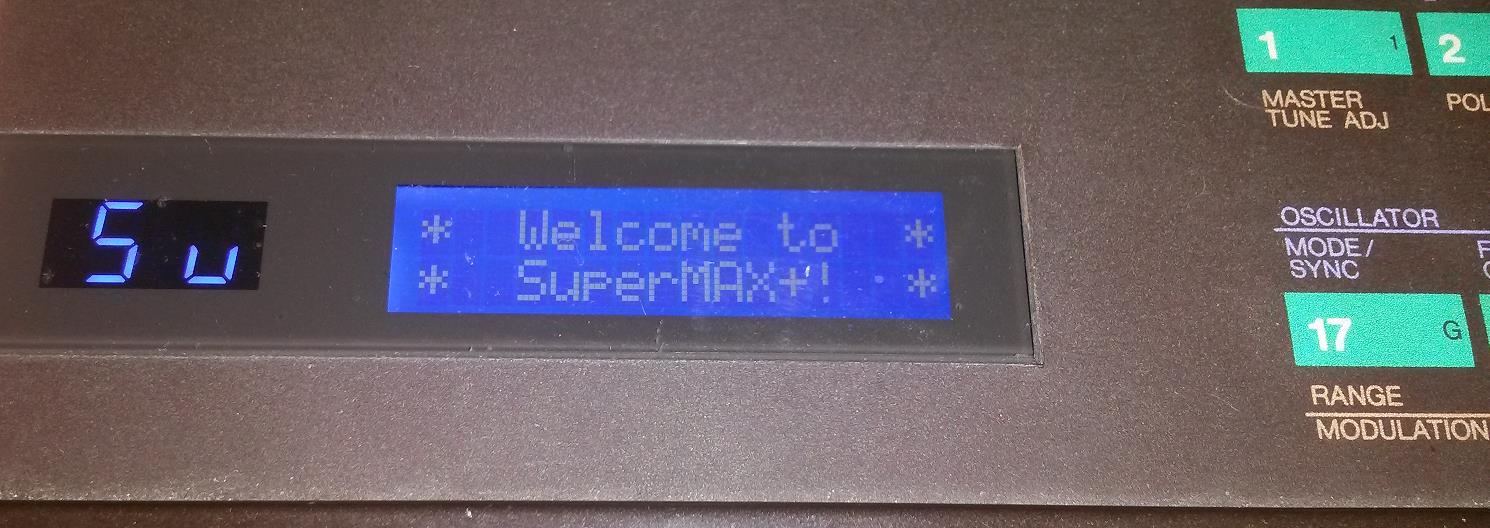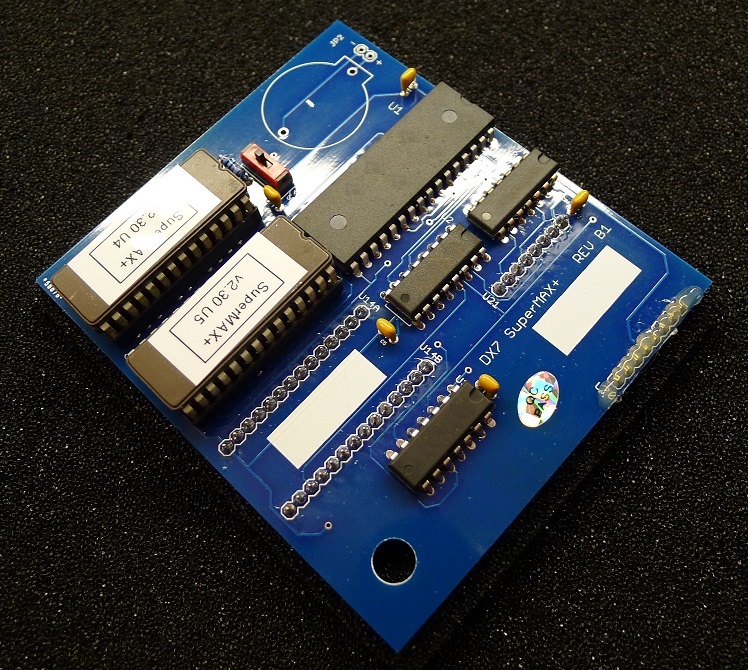The Hitachi 6303 is a variation on the Motorola MC6800/6801/6803 Motorola microprocessors and microcontrollers from the late 70’s and early 80’s. I have an interest in reverse engineering embedded systems from that era. Previously I have created a 6809 EPROM Monitor program called Micro09 and later a variation call Micro11 for the Motorola 68HC11. The latter is still available on the web in a few places. This new one, Micro6303, is basically the same beast, except for the 6303.
In all cases the idea of a Monitor is to create a development OS of sorts that can run on a minimal hardware setup. A serial port is used for communication with the embedded system and a timer is used for single-stepping code. The HC11 and 6303 have the timer and Serial Communications Interface on the chip, so that simplifies the hardware required to bring a system “up”. But still quite a few components are required compared to today’s flash microcontrollers.
Anyway, without further adieu, here are some screen shots of the Micro6303 EPROM Monitor including the Cold Boot screen, the Main Menu and the CPU Window which is the facility for single-stepping and setting breakpoints. It is a work in progress and I will release binaries in the near future.

